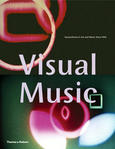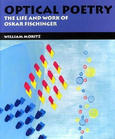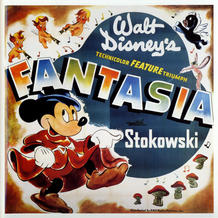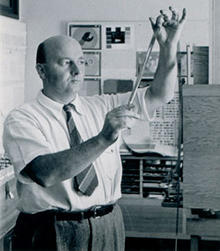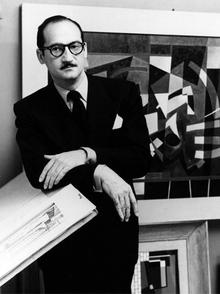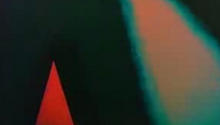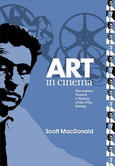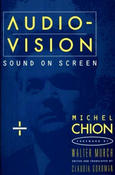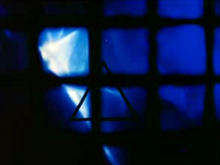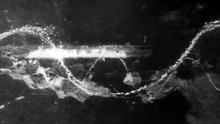Walt Disney Animation Studios
is the subsidiary of The Walt Disney Company responsible for creating the company's well-known animated films.
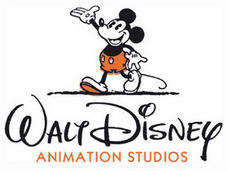
The feature animation studio was an integrated part of Walt Disney Productions from the start of production on Snow White and the Seven Dwarfs in 1934. In 1986, during the corporate restructuring to create The Walt Disney Company, it officially became a subsidiary of the company under the name Walt Disney Feature Animation. The division took on its current name in 2007, and is the company's only existing cartoon studio.
Source: Wikipedia
